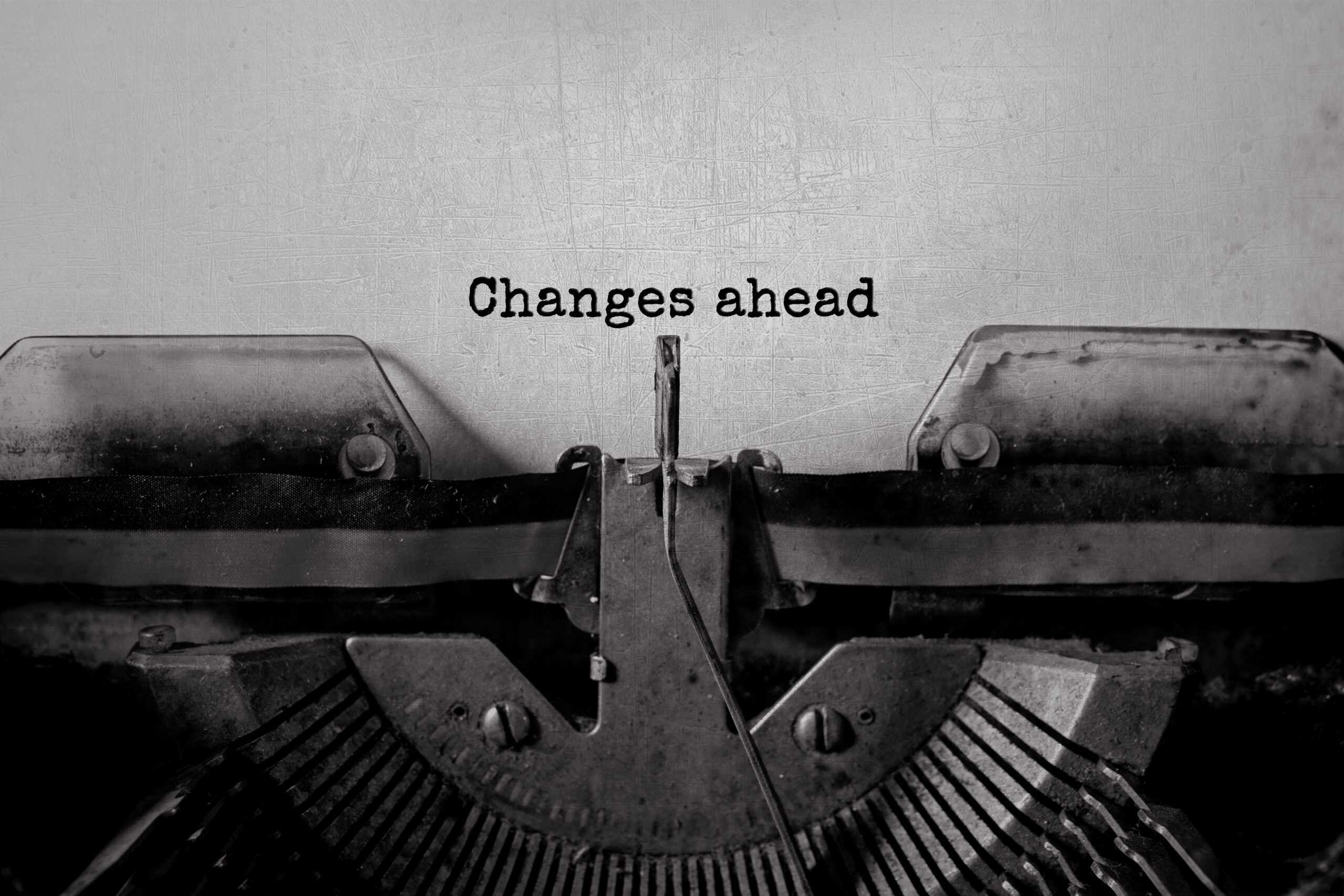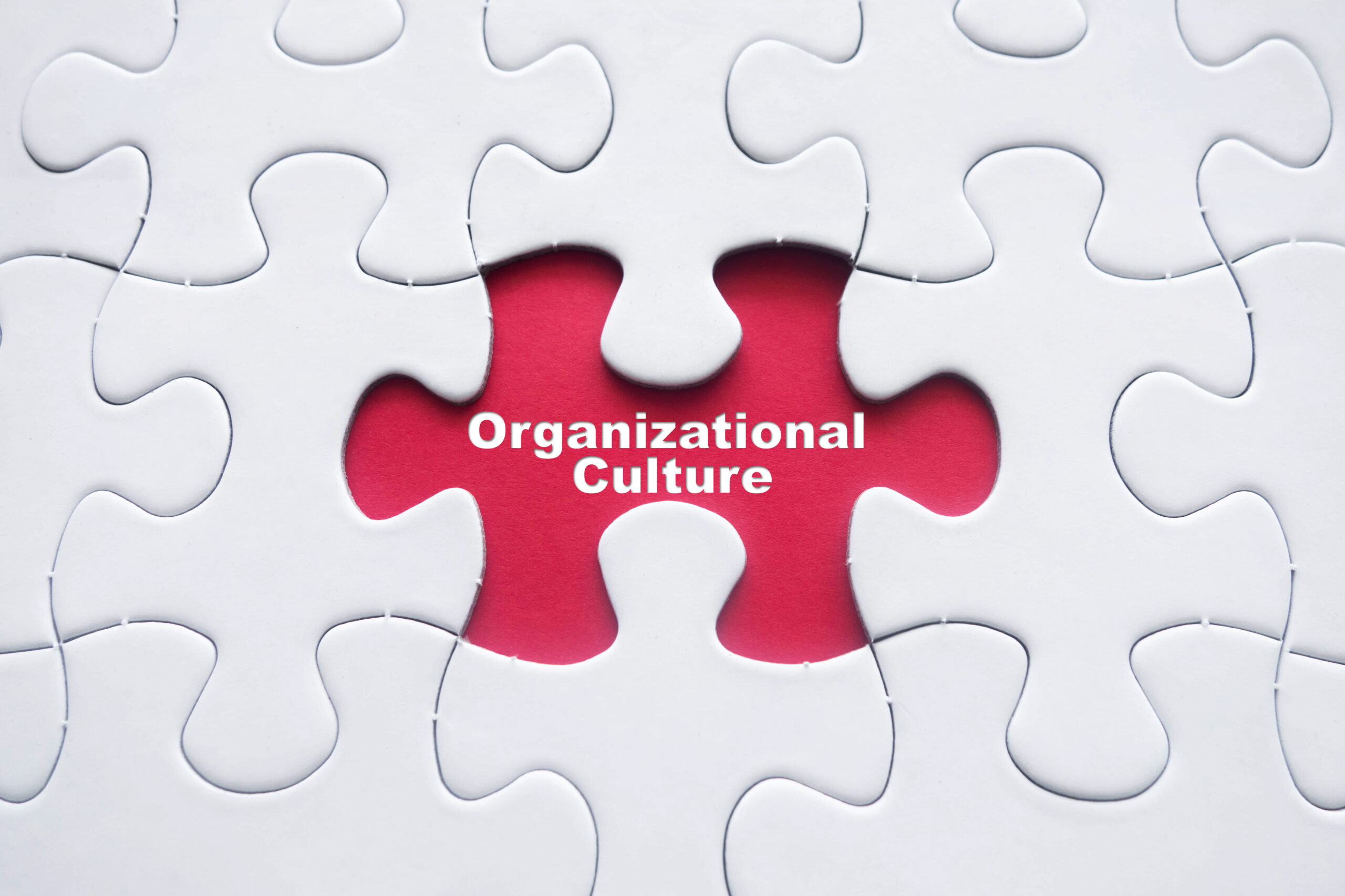
Leading Teams Through Uncertainty Part 2: “The Only Thing That Is Constant Is Change” – Heraclitus
July 27, 2021
The Leadership Triad Part 1: How to Develop a High-Performing Culture
August 16, 2021Leading Teams Through Uncertainty Part 3: Better and Stronger — the Utility of Resiliency

(Part three in a three-part series)
Over the past century, Bell Laboratories has been one of the most innovative organizations in the world. It was founded in 1925 as the R&D arm of the Bell Telephone Company (now known as AT&T), approximately 50 years after Alexander Graham Bell invented the telephone. Since then, research at Bell Labs has produced nine Nobel Prizes and a host of revolutionary inventions including sound motion pictures, television transmission, radio astronomy, the transistor, solar cell, laser, digital imaging device, and Unix computer operating system, just to name a few.
But a major disruption occurred in 1984, when a government antitrust lawsuit forced the breakup of AT&T, which by then was the sole telephone service provider throughout most of the United States. As a result, Bell Labs was forced to restructure and spin off many of its R&D functions along with several thousand employees. How did they respond to this change and adversity? By conducting groundbreaking research that produced more Nobel Prizes in the 35 years since the breakup than in the 60 years prior. In other words, they were resilient, which Merriam-Webster defines as having “an ability to recover from or adjust easily to adversity or change.”
At the beginning of this three-part series on Leading Teams Through Uncertainty, I introduced three cultural focus areas for business leaders to position their teams for success in a VUCA environment: agility, adaptability, and resiliency. In part one, we discussed how embracing the discipline of collaborative planning can help your team develop agility to respond rapidly to changing circumstances. In part two, we talked about how fostering an innovative culture and building an adaptable team can help you develop adaptability to keep up with the speed of change. Here in part three, we’ll focus on how you can develop resiliency in your team’s culture to incorporate change and bounce back stronger from adversity.
Align Communication to Incorporate Change
Identifying the need for organizational change can be difficult. But actually incorporating change to make your organization better can be even harder. It’s human nature to stay in our comfort zones. That’s why it’s essential to instill mechanisms that drive support for change within your team. To create and sustain change, leaders must align communication at three different levels: change vision from the top, mid-level influencers, and front-line champions.
Change Vision from the Top
Because change can be so uncomfortable, members of your organization need to hear from top leadership why they must change in order to embrace it. To do this, create a compelling change vision that communicates the purpose of your change effort and clearly defines success.
Mid-level Influencers
Identify the most credible, trustworthy members of your organization and recruit them for your change team. Then collaborate with them to help inform your strategy, develop solutions, and generate mid-level buy-in.
Front-Line Champions
Develop champions at the grassroots level by helping front-line employees understand the importance of the change effort – and, perhaps most importantly, what’s in it for them. Then, after cascading your change vision down to the front lines, establish a reporting system to keep top leadership informed on progress, and begin to embed the changes into your organizational systems and processes.
Leverage Adversity to Make Your Team Stronger
Regardless of how agile and adaptable your team is, and despite how well you are able to incorporate change, adversity is inevitable in a VUCA environment. Rather than trying to avoid the unavoidable, leverage adversity to make your team stronger by focusing on three mindsets: composure under pressure, honest communication, and continuous improvement.
Composure Under Pressure
Negative reactions to adversity are counterproductive and contagious. Focus on setting a calm and positive tone to develop emotional trust within your team. An organization’s true character is revealed under adversity, and how you respond as a leader will significantly impact how your team responds.
Honest Communication
Understand the emotional challenges that people on your team are experiencing as a result of the adversity you are facing, and communicate with them regularly to address their concerns with honesty and empathy. Continue to build trust within your team by keeping truth and transparency at the center of your communication.
Continuous Improvement
Debrief lessons learned with your team during and following episodes of adversity. Focus on what happened, why it happened, and how you can collectively work together as a team to improve. Be the first to take responsibility for what you could have done better as a leader. By applying these principles, you’ll foster an atmosphere of teaching and learning that can leverage adversity to make your team stronger and take you to the next level of organizational performance.
I find it inspiring that Alexander Graham Bell’s invention of the telephone stemmed from adversity. Because both his mother and wife were deaf, he began exploring machines that could simulate speech. This eventually led him to discover how to transmit the human voice over wires, which revolutionized communication and changed the world. Bottom line – adversity and change are inevitable in today’s business world. To help your team navigate uncertainty and thrive in a VUCA environment, focus on developing a culture of resiliency by aligning communication to incorporate change and by leveraging adversity to make your team stronger.
Stay tuned for my next series on “The Leadership Triad” where we’ll unpack three essential focus areas for leading a high-performing team: culture, people, and mission. In the meantime, to find out if you’re leading your team to consistently perform at a high level, take my five-minute Performance Pressure Test. You can also check out my new book, The Substance of Leadership: A Practical Framework for Effectively Leading a High-Performing Team, available September 21st on Amazon.
